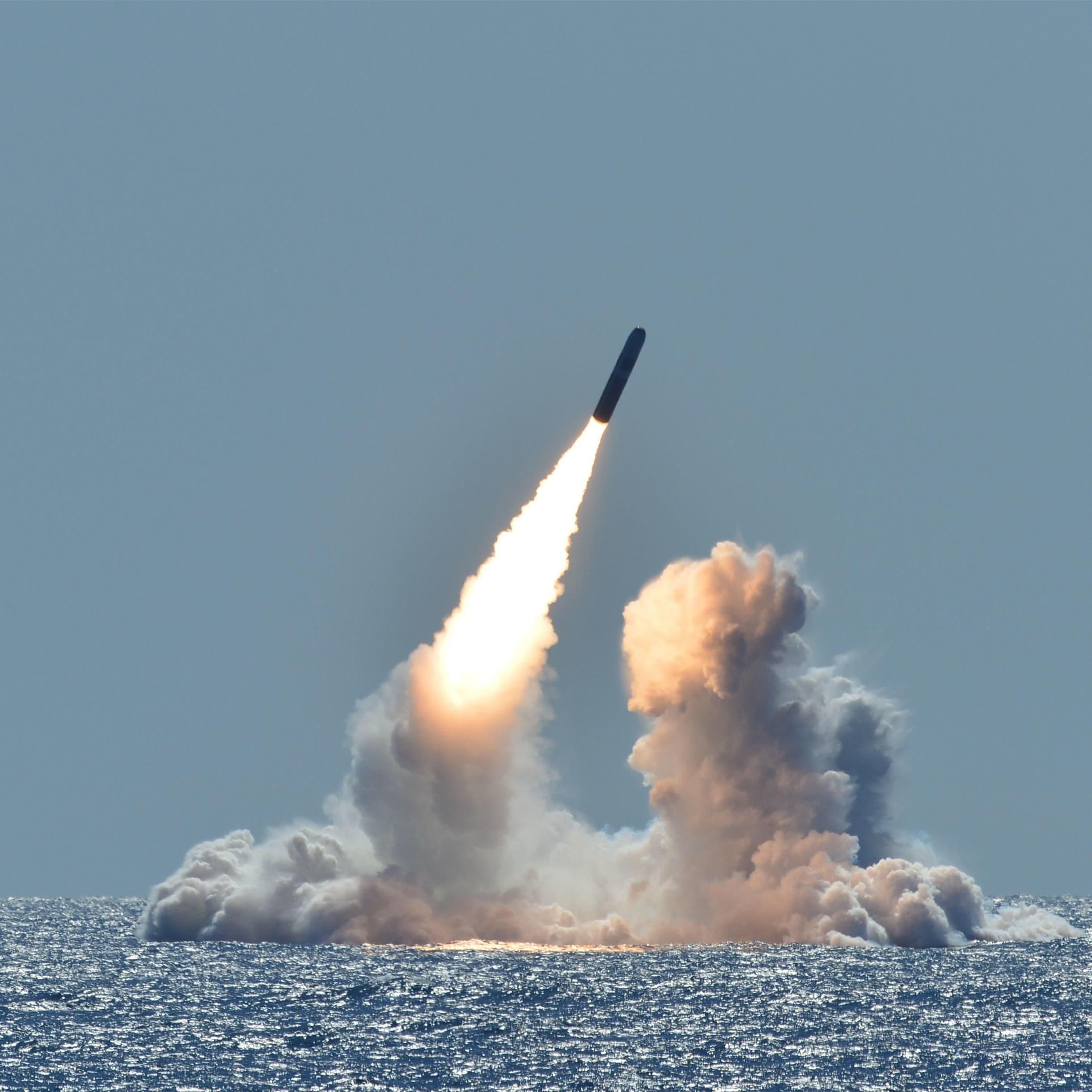Common ground:
Both belong to high temperature-resistant permanent magnets. Among them, the working temperature of Alnico magnet can reach up to 550℃, the maximum working temperature of samarium cobalt 1:5 type is 250℃, and the maximum working temperature of samarium cobalt 2:17 is 350℃;
Both do not require surface treatment (except for use in special environments
Advantages and disadvantages:
(1) Alnico magnets are cheaper and have the best chemical stability and temperature stability, but their magnetism is weak, their coercive force is low, and they are not resistant to vibration and shock (vibration and shock will reduce their magnetic flux by about 2%. ), it is easy to demagnetize under a strong magnetic field, so many people suggest that it should be assembled first and then magnetized;
As samarium cobalt contains more rare earth elements, it is estimated that the price is relatively expensive, generally 4 to 5 times that of Alnico of the same specification (some say it can be up to 10 times), but its magnetism is stronger, second only to NdFeB, has a high coercive force, and is not easy to demagnetize;
Samarium cobalt can withstand 10g vibration and 100g impact without demagnetization, contact or friction with an iron will not demagnetize it, but it cannot withstand the corrosion of acid, alkali, and salt spray; while AlNiCo will make it contact and friction with iron demagnetization;
(2) Alnico is a cubic crystal, and the three cubic axes are easy magnetization directions, so there are many magnetic poles;
However, whether it is a 1:5 type (hexagonal crystal) or 2:17 type (water chestnut crystal), samarium cobalt has only one easy magnetization direction and a single magnetic pole;
The energy required for magnetization to saturation in the direction of easy magnetization is small, while the energy required for magnetization to saturation in the direction of hard magnetization is large. The difference between these two energies is called the magnetocrystalline anisotropy energy, and the magnetocrystalline anisotropy energy per unit volume It is called the magnetocrystalline anisotropy number, expressed by the letter K. The K value of a single magnetic pole is very large, and the intrinsic coercive force of permanent magnet materials with a large K value is mainly determined by the anisotropy of the magnet crystal;
In addition to magnetocrystalline anisotropy, there is also shape anisotropy. The K value of AlNiCo is small, so it is necessary to rely on shape anisotropy to increase its intrinsic coercive force. Generally speaking, the long-axis direction is easier to magnetize, and the short-axis direction is more difficult. Therefore, increasing the aspect ratio of AlNiCo magnets helps to improve its intrinsic coercive force.
(3) In addition, relatively speaking, samarium cobalt materials are fragile, and the impact cannot demagnetize them, but they can break them, so special attention should be paid during use; while the performance of alnico magnets is relatively good.
It should be noted that although the vibration shock cannot demagnetize the samarium cobalt magnet, the internal microcracks generated by it may cause its magnetism to weaken;



